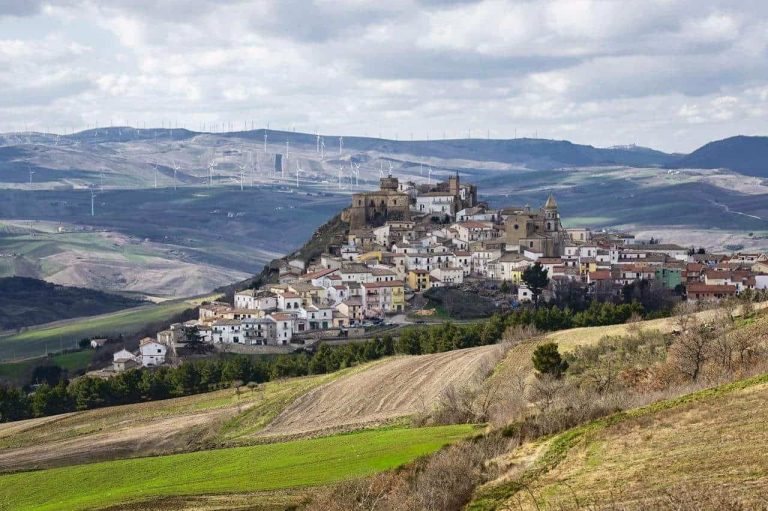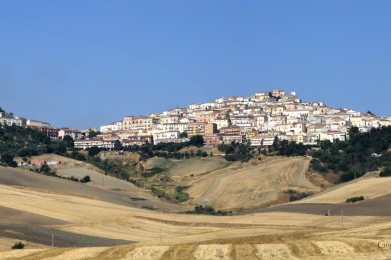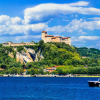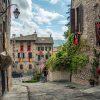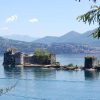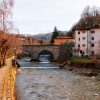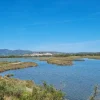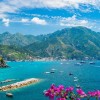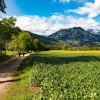Foggiano and Irpinia. You’ve said it all, you’ve said a lot. Think about the province of Foggia. Extensive. From the towns immediately after Bari and Bat, there is already Cerignola, a historic and large agricultural reality, the town of the trade unionist Di Vittorio.
From here you go inland, going toward Candela and the Subappennino Dauno, 49 villages set in the not-so-high elevations of this particular southern, Apulian mountainous remnant. Still further inland, but further north, insists the area of the Occhito Dam, on the border with Molise: here are towns such as Volturino, Carlantino, Celenza Valfortore, and San Marco la Catola (a town linked to Father Pio’s early spiritual experiences). But even Benevento’s San Bartolomeo in Galdo is close by. And so clearly is Macchia Valfortore, in the province of Campobasso. The name already says it all. We are talking about the landscape dominated by the Fortore River. Still further up here is the “extreme” Foggiano of San Paolo Civitate, Chieuti (with an arbëreshë linguistic minority), Lesina. This is as far north as Puglia gets. And here are also the lakes of Lesina and Varano. One is thus already in the Gargano of Ischitella and, descending, Peschici, Rhodes, Vieste, Mattinata. Gargano also sacred in San Giovanni Rotondo.
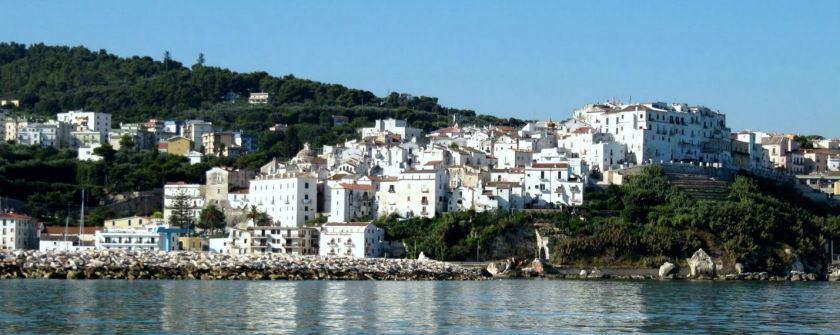
As you will understand, vast and beautiful landscapes. But it is little Rocchetta Sant’Antonio that draws our attention. Puglia foggiana of the border too, full Subappennines, it is a stone’s throw from the Irpinian Monteverde and Lacedonia. A beautiful and sinuously landscaped territory, it was yesterday also administratively Irpinian and today is instead Apulian. This too tells the singular and frontier history of these small towns. The same has happened to towns like Anzano, today “di Puglia” and yesterday Irpina, while Savignano is today “Irpinian” and yesterday was Apulian, so much so that the Orecchietta festival is celebrated here, not even if we were in Bari. And Ariano Irpino? Also once Foggia. Destiny of passages, in short. Within wonderful landscapes. Scenarios like that of Sant’Agata, refined and graceful Puglia Here we are near tiny Scampitella (Av), once a hamlet of Trevico, the highest town in the province of Avellino, where Ettore Scola was born.
Also not far away is Gambatesa, Molise (the history of countries is also a history of strange names, you know). Sant’Agata is the town of bell towers, ancient stones, convents. And then of the beautiful castle, among the most important lookouts in Capitanata. Pretty little villages here. One big flaw: the roads. The Subappennino Dauno definitely deserves better arteries. We dare to hope. Make a few kilometers and here is Bisaccia, once again the province of Avellino. Here we are high up and the view says it all. At 885 meters above sea level, it is cold in winter, as in many parts at these latitudes. Extremely elegant is the ducal palace. It is a Longobard castle later restored by the great Frederick II after the 1198 earthquake and before that already a true defensive stronghold with the Byzantines (the strategy united this castle precisely with those of Sant’Agata and Ariano).
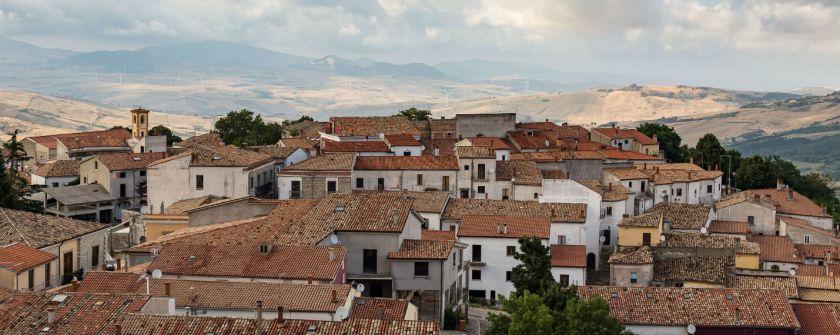
In the 1500s it became a stately residence. The structure is enhanced by the 15th-century loggia with round-arched architecture and hexagonal columns. A real treasure chest. Between Bisaccia and Andretta towers Formicoso, now a mountain also famous for its wind turbines and in the Middle Ages dear to Frederick himself for the healthy air that dominated there. Bisaccia is then the home of Franco Arminio, a Southern poet and “paesologist,” an acute interpreter of the beauties but also the wounds of these and other Southern hamlets. Torquato Tasso, friend of Giovan Battista Manso, lord of Bisaccia, also stayed in these moors. The view from the castle was much loved by the poet, a well-known hunting enthusiast. In short, the one we tell you about is an inspiring land that calls visitors, deeply deserved admirers. A South that is seriously beginning to believe in its own inexhaustible itineraries of beauty.
Main photo: Rocchetta Sant’Antonio, di Paky Cassano

